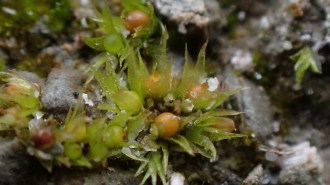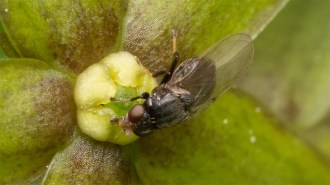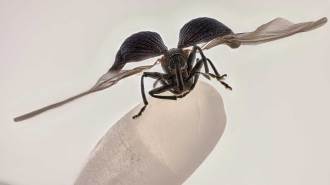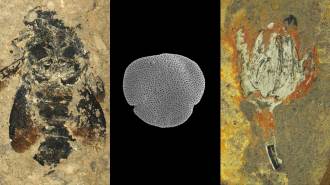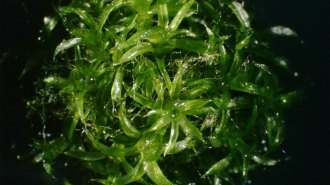Researchers studying an orchid in a parched, windless habitat have discovered a new twist on self-pollination.
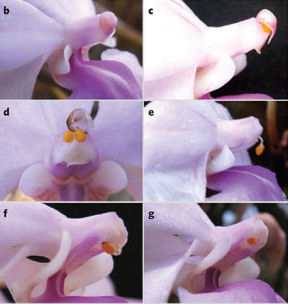
Other flowers pollinate themselves, but none has been reported to do so as acrobatically as the flowers of Holcoglossum amesianum. The orchid grows on trees in the forests of Yunnan, China. It blooms during the dry season, from February through April, says LaiQiang Huang of Tsinghua University in Shenzhen, China. While observing 10 orchid populations over three flowering seasons, Huang and colleagues never saw an insect visit a bloom. It wasn’t a windy place, either, Huang says.
Nevertheless, the flowers manage quite well, the researchers report in the June 22 Nature. All the flower’s sexual organs sit on a single protrusion from the bloom. The researchers observed that when the blossom matures, a little cap drops off the protrusion, revealing two pollen-covered organs that look like orange lollipops. Each slowly twists as it grows until its end pushes into a little pocket on the protrusion’s underside, where the female organ, or stigma, lies.
